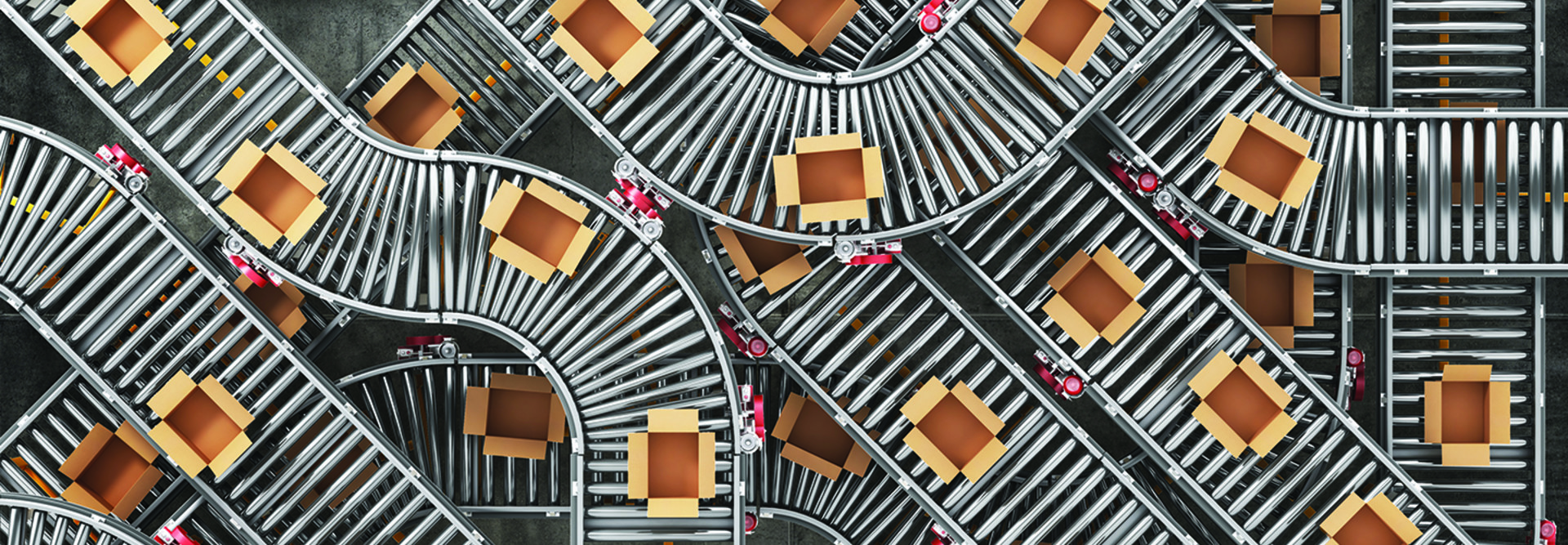Expanding Warehouse Capacity With Tech
Direct Relief, a Santa Barbara, Calif., nonprofit that delivers medicine and other supplies to people affected by poverty, emergencies or disaster, was scheduled to move its operations to a 130,000-square-foot warehouse in 2018. However, Dawn Long, senior vice president and COO, knew that the organization’s old warehouse technology and processes wouldn’t translate well to the larger facility. So, before the move, Direct Relief adopted an array of new technology, including Motorola smartphones and mobile carts equipped with HP EliteDesk Mini PCs and HP EliteDisplay monitors.
“Before, we were very traditional,” Long says. “People would have their clipboards, walk to the product, write some things down, go back to their desks and check if it was in the system. I said, ‘If we’re going to be in such a large facility, we’re going to lose so much time just walking around with clipboards.’ It was very labor-intensive, and we didn’t want to wait until we got to the new facility to introduce these new processes and technologies.”
With the new tech solutions in place, Direct Relief associates have real-time access to the organization’s warehouse management system throughout the facility. The tools also allow them to scan inbound goods in receiving, label and pack orders anywhere in the warehouse and verify the accuracy of filled orders. Voice picking technology helps to improve accuracy as well as safety, Long says, because workers no longer have to look down while they’re driving forklifts.
The tech investments helped Direct Relief to increase its shipments per year from 13,000 in 2017 to 21,000 in 2019, without adding staff. “That’s all due to improved efficiencies, process changes and technology,” Long says.
MORE FROM BIZTECH: Smart buildings aren't a figment of the future. They're here now.
Mobile Technology That Empowers Employees
Tony Hollis, director of technology and innovation for Saddle Creek Logistics Services, an omnichannel fulfillment company based in Lakeland, Fla., says that modern warehouse technology has become essential to providing customers with the level of service they expect.
“Supply chains are very dynamic, and consumers are used to a very high-service level,” Hollis says. “You need to simplify your processes, gain real-time inventory management and do anything you can to make operations extremely efficient. A lot of this has to do with finding technologies that are flexible, scalable and, most important, improve the cost and service experienced by our customers.”
Recently, Saddle Creek Logistics invested in several technologies from Zebra, including TC8000 touch-screen computers, rugged MC9300 mobile computers, ET50 tablets and scanners and printers. The company is using the ET50 tablets and ultrarugged DS3600 extended-range scanners as vehicle-mounted solutions that allow warehouse workers and forklift operators to quickly replenish fulfillment options and improve operational efficiency. Meanwhile, DS9908-R scanners and ZT610 industrial series printers are helping workers speed up the scanning process, verify orders and print shipping labels to quickly fulfill requests.
“It’s been huge for us,” Hollis says of the tech investment. “If you look at the technology improvements we’ve made, one of the biggest wins has been to help us and our customers scale in a market with a lot of labor challenges.”













